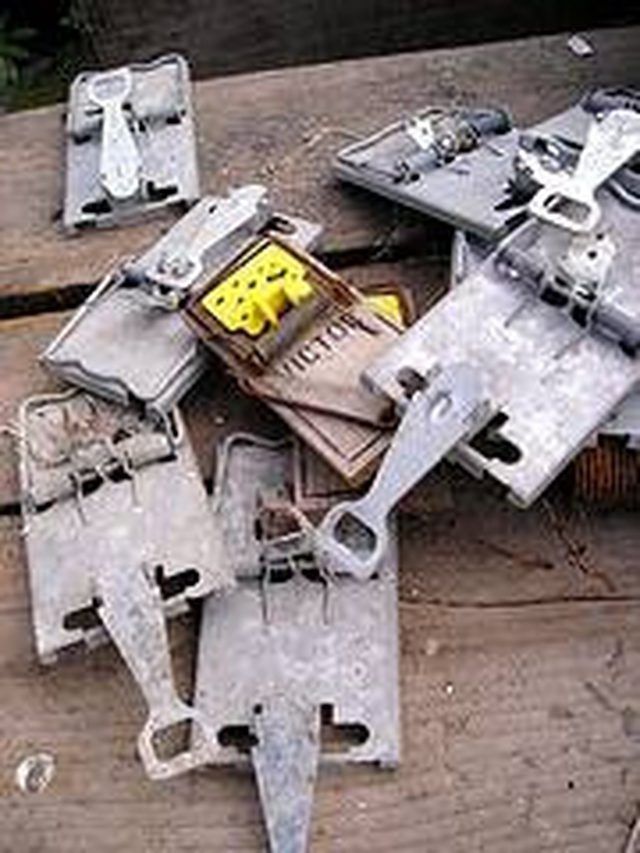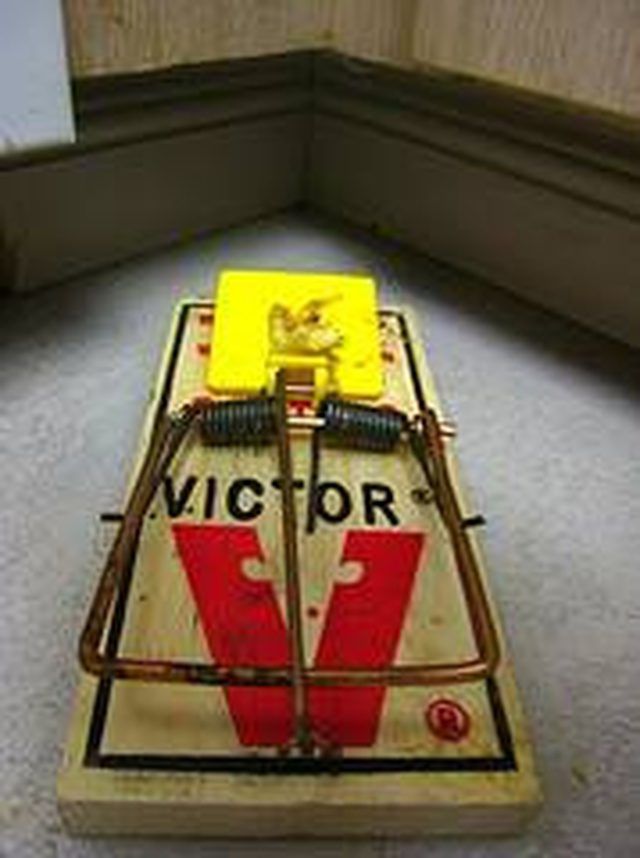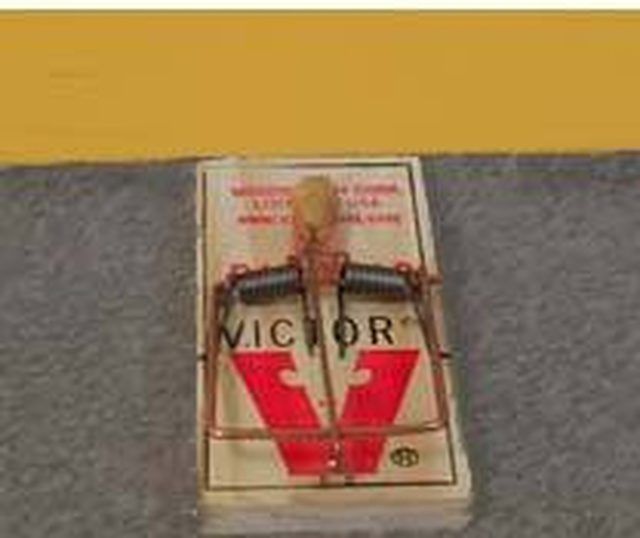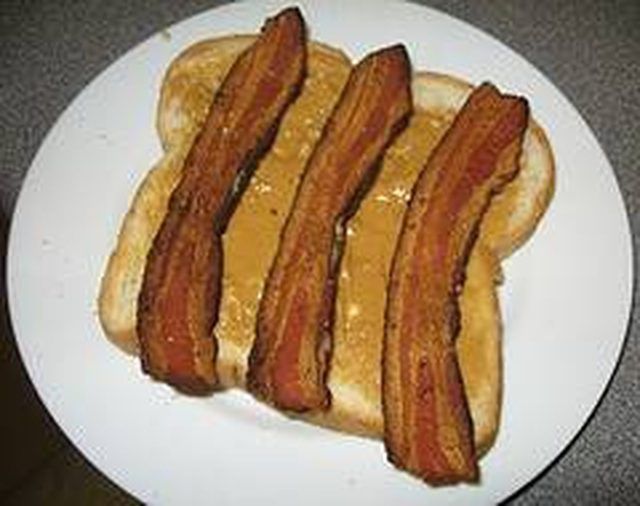Bulbs
Flower Basics
Flower Beds & Specialty Gardens
Flower Garden
Garden Furniture
Garden Gnomes
Garden Seeds
Garden Sheds
Garden Statues
Garden Tools & Supplies
Gardening Basics
Green & Organic
Groundcovers & Vines
Growing Annuals
Growing Basil
Growing Beans
Growing Berries
Growing Blueberries
Growing Cactus
Growing Corn
Growing Cotton
Growing Edibles
Growing Flowers
Growing Garlic
Growing Grapes
Growing Grass
Growing Herbs
Growing Jasmine
Growing Mint
Growing Mushrooms
Orchids
Growing Peanuts
Growing Perennials
Growing Plants
Growing Rosemary
Growing Roses
Growing Strawberries
Growing Sunflowers
Growing Thyme
Growing Tomatoes
Growing Tulips
Growing Vegetables
Herb Basics
Herb Garden
Indoor Growing
Landscaping Basics
Landscaping Patios
Landscaping Plants
Landscaping Shrubs
Landscaping Trees
Landscaping Walks & Pathways
Lawn Basics
Lawn Maintenance
Lawn Mowers
Lawn Ornaments
Lawn Planting
Lawn Tools
Outdoor Growing
Overall Landscape Planning
Pests, Weeds & Problems
Plant Basics
Rock Garden
Rose Garden
Shrubs
Soil
Specialty Gardens
Trees
Vegetable Garden
Yard Maintenance
How to Make a Mouse Trap Work
How to Make a Mouse Trap Work. When you have mice, your only thought is how to get rid of them quickly. So, you rush out and purchase several mouse traps, but you can't seem to catch the mice that are plaguing your home. Mouse traps, either live or snap, are effective when used correctly. This includes the proper baiting and set up. While some of...

When you have mice, your only thought is how to get rid of them quickly. So, you rush out and purchase several mouse traps, but you can't seem to catch the mice that are plaguing your home. Mouse traps, either live or snap, are effective when used correctly. This includes the proper baiting and set up. While some of these steps deal specifically with snap traps, most of the tips regarding baiting and placement are good for live traps as well.
Purchase snap traps with an expanded trigger, which have a higher capture rate than those with a narrow trigger.

Use at least six traps or more in your house. You need to use enough traps to make the trapping period short. Most people don't use enough traps when trying to catch mice.
Place traps in an area where mice are active. Look for mouse droppings and other evidence of mouse activity. If you are unsure where the mice are active, dust a few areas with flour and look for mouse tracks. Mice have poor eyesight and tend to travel close to objects and walls.
Position the traps so they are close to the wall or object with the trigger next to the wall. For best results, you should place the trap so it is vertical to the wall (making a T shape). If desired, you can place two traps side by side.

Space mouse traps so they are 10 feet from each other, close to the nest. Mice will not travel further than 40 to 50 feet from their nest in search for food.
Use the right bait. If using food, choose foods that have strong odors such as peanut butter or bacon. You only need a small amount, about the size of a pea. Other foods that are good to use include chocolate, gum drops, nuts and dried fruit. Do not use cheese, because it tends to go rancid quickly and become ineffective. You might also try using a bit of rolled oats to make a trail to the trap.

Prebait the traps by leave them unset until the bait has been taken. Once this occurs, you can rebait the trap and set it. You may need to prebait your traps again after you have successfully caught a mouse.
If the food disappears without catching anything, adjust your trigger to make it more sensitive. You can adjust the sensitivity by bending the trigger arm or by spraying the trap with a lubricant. If this continues happening, your problem might be insects and not mice. Another option is to secure a cloth over the trigger and apply a food bait. The cloth will absorb some of the food, causing the mouse to tug on the cloth. When it does, it will spring the trap.
Move the traps to a new location every few days if you have not caught anything or the bait has not been taken (when prebaiting).
Tips & Warnings
Release live mice at least 1 mile from your home.
Set traps where they will not come in contact with children or pets.
Check traps daily, preferably in the mornings.
Wear gloves when handling used traps.
Dispose of mice in a sealed plastic bag in an outside trash can or by burying it to avoid spreading disease.